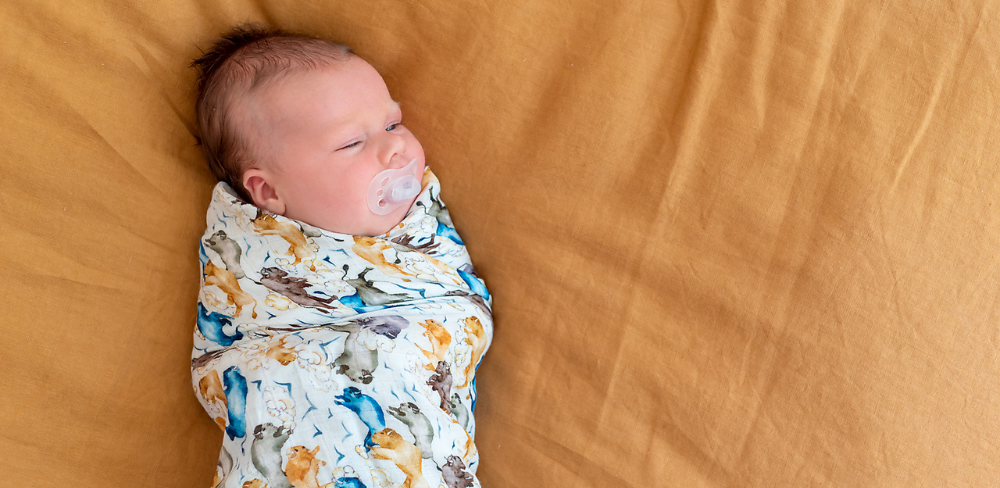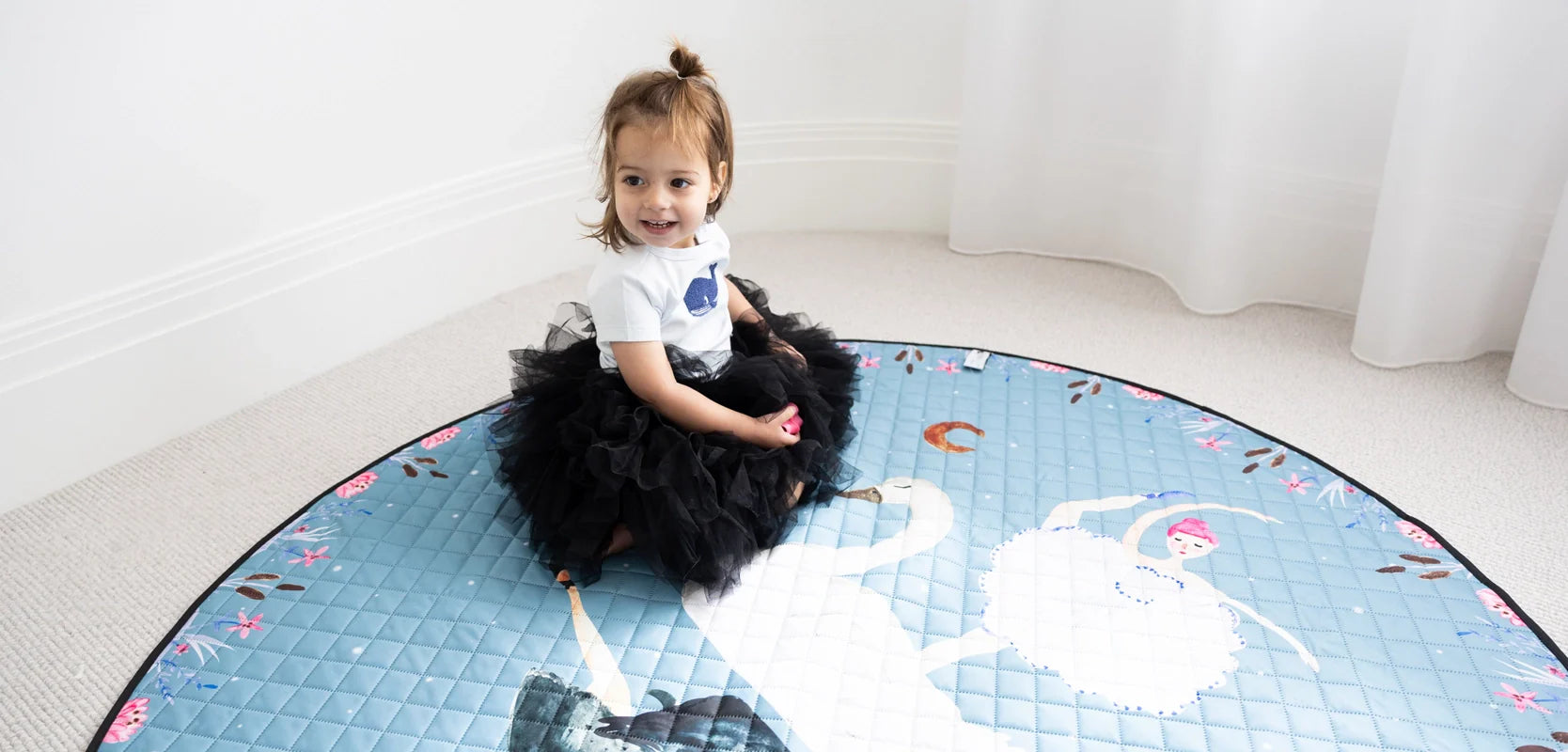Packaging Options

Designer Bums strives to be kind to our earth and for this reason we have spent the last two years experimenting with multiple brands of environmentally friendly packaging. Over this time we have experienced a number of issues in our search for a solution that is more environmentally friendly. Parcels being lost in the postal system due to labels not sticking to the packaging, packages being shredded by the parcel sorting machines, and packages exploding in the post due to burst seams. This has resulted in a high volume of lost or damaged packages and the flow on costs in waste, resources, and transport all add up to additional impacts to our environment.
We continue to research and trial different packaging products and hope that in the future we can offer something that is a genuinely compostable option. In our search for a more environmentally friendly option we have investigated a number of different packaging types and have yet to find an ideal solution. Our search has highlighted the large amount of greenwashing that occurs around the marketing of eco-friendly packaging.
If you aren’t familiar with greenwashing this is when a product is marketed in a way that makes it appear to the customer to be an environmentally friendly option. Tactics used to do this can be hidden trade-offs and making eco claims without evidence. Use of words that imply an eco product, such as ‘bio’ can be used. Many companies promote the use of ‘eco’ packaging as a feature of their service as part of their marketing strategy. What we found when we examined packaging options were a number of hidden trade-offs.
A few things you may not have known about Biodegradable and Compostable products:
- Bioplastics can be either biobased (made from plant based materials) or biodegradable (partial or full breakdown due to biological activity) or both.
- Composting is human driven and biodegradation is naturally occurring. ● Bioplastics and fossil-based plastics can both be biodegradable. Bioplastics and fossil-based plastics can both be non biodegradable. The biodegradability of a material does not depend on whether it is natural or synthetic based and instead depends on its chemical structure and whether that can be broken down.
- Be broken down by microorganisms
- Achieve 100% mineralisation under aerobic conditions (i.e. requires air) ○ The mineralisation rate must be high e.g. no left over toxic residues
Have a read below of some of the things to consider when choosing packaging:
Types of packaging
Recycled paper by nature uses source material that is recycled, renewable, regenerative and therefore has best end of life prospects. This type of packaging is compostable and marine biodegradable but unfortunately this has the highest carbon footprint.
Recycled plastic uses non-renewable but recycled source material and has the second-best end of life prospects. It has the lowest CO2 footprint compared to paper, oxo-biodegradable, and compostable packaging. Benefits of using recycled plastic as a source material include diverting plastic from landfill and reducing reliance on virgin petroleum as a raw material. Creating recycled poly requires an estimated 59% less energy than creating virgin product.
Downsides of this packaging method is that the products made from this technology can still shed microplastics - although this primarily happens with clothing during the washing process.
Biodegradable packaging using non-renewable petroleum based source material has the worst end of life prospects. They require a specific set of conditions to be met in order to break down which means they are generally non recyclable, not compostable, and are non marine biodegradable. Although these often claim to be recyclable they contain an additive that breaks down the packaging material into microplastics and the time in which it is designed to break down is often longer than a consumer would expect. This timeframe means that it can still cause issues for sea life who can get trapped in it, as well as dispersing toxic pollutants.
Compostable packaging is generally made from a combination of non renewable, petro based source material combined with corn based PLA. Corn based PLA is a renewable source material but is known to degrade soil and cause land pollution. These types of packaging are not marine biodegradable and are non recyclable. Another downside of this packaging is that when sent to landfill these types of packaging will generate methane as they are designed to break down in aerobic (oxygenated) conditions.
Rest assured that we are still on the hunt for environmentally friendly options with no hidden tradeoffs that can also hold up for their journey from us to you. Designer Bums currently use a combination of sustainable cardboard and recycled plastic when sending out items. Recycled plastic packaging can now be posted back to TerraCycle who will arrange for them to be recycled into new products, free of charge. The satchels all display the Australian Recycling Label so that customers, just like you, will know exactly what to do with them. They can also be recycled as soft plastics through the REDcycle program: https://www.redcycle.net.au/where-to-redcycle/
Further Reading
Biodegradability Additives Cannot Alleviate Ocean Plastic Pollution. (2016). Sustainable Packaging Coalition. Accessed from:
https://sustainablepackaging.org/biodegradability-additives-cannot-alleviate-ocean-plastic-poll ution/
COMPOSTABLE VERSUS RECYCLABLE MAILERS. EcoEnclose. Date accessed: 23 July 2021. Accessed from:
https://www.ecoenclose.com/compostable-versus-recyclable-mailers-?fbclid=IwAR01PBjqu8Oj wunj2ItP8QISGZsv8ntOmHkyOJ2o7wggapSIpu-9qr4vIxY
Gillett, L. (2012, March-April). Greenie in a bottle? Bioplastic packaging may be more hype than help. This Magazine, 45(5), 8.
https://link.gale.com/apps/doc/A284937111/EAIM?u=deakin&sid=ebsco&xid=4557c558
Goel, V., Luthra, P., Kapur, G. S., & Ramakumar, S. S. V. (2021). Biodegradable/Bio-plastics: Myths and Realities. Journal of Polymers and the Environment: Formerly: `Journal of Environmental Polymer Degradation’, 1. https://doi.org/10.1007/s10924-021-02099-1
Song, J. H., Murphy, R. J., Narayan, R., & Davies, G. B. (2009). Biodegradable and compostable alternatives to conventional plastics. Philosophical transactions of the Royal Society of London. Series B, Biological sciences, 364(1526), 2127–2139.
https://doi.org/10.1098/rstb.2008.0289
The Global Post Disposable Design Challenge Briefs. (2018). Disruptive Design. Accessed from: https://medium.com/disruptive-design/the-global-post-disposable-design-challenge-briefs-a08 ff29f3f94







